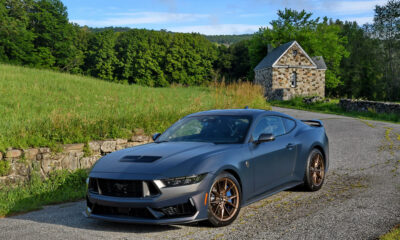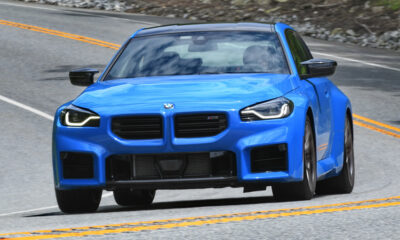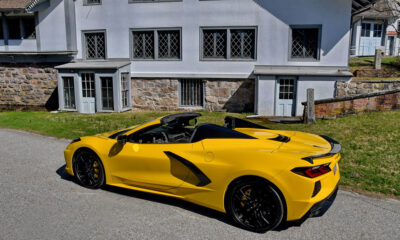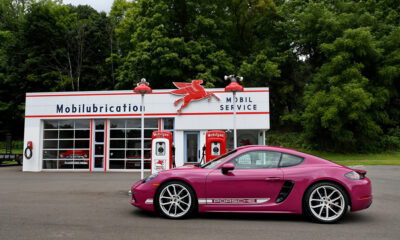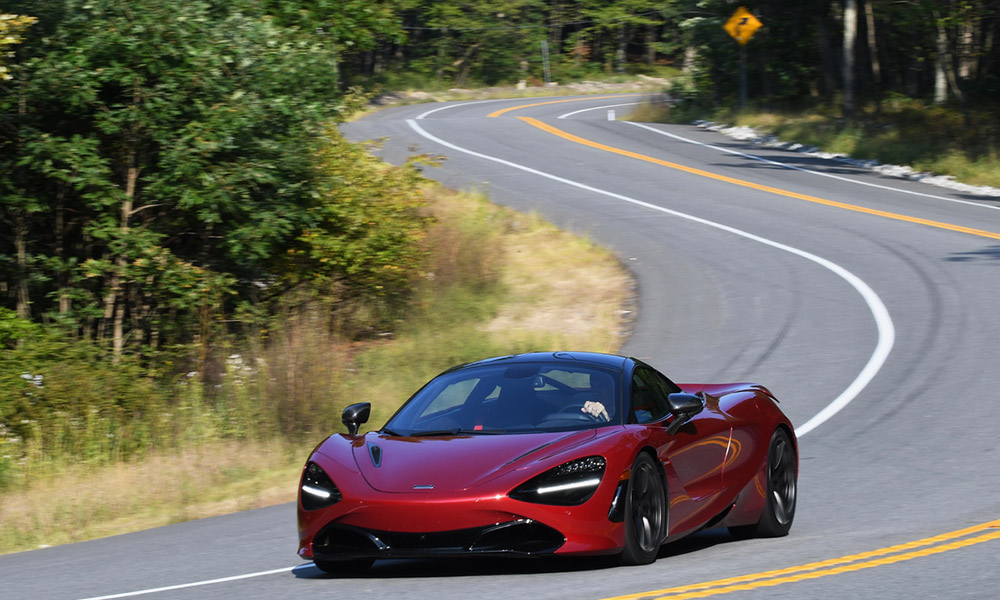
Photo: Bill Dermody
It’s always a bit nerve-wracking to pick up a McLaren press car when I’m fortunate enough to drive one. McLaren keeps their press cars in the New York area in Manhattan at The Classic Car Club, which sits on the West Side Highway near the Lincoln Tunnel.
Driving it home to northwestern New Jersey is always stressful for the first 20 or so miles, as I pass through the crowded tunnel and over the pock-marked and heavily trafficked roads near the big city.
The roads in and around New York City are certainly not the best place to drive a supercar, but those first miles were some of the most revealing to show off the unexpected abilities of the McLaren 720S.
On roads that should punish you for being in a stiffly sprung, low-slung car, the 720S is unusually comfortable and compliant, which are qualities that make it surprisingly approachable and usable.
Once clear of the congestion, the 720S lopes along easily on the interstate, with the biggest concern being run into by other drivers who are trying to shoot a video of the car while they’re driving.

Photo: David Haueter
Thankfully, the 720S has great visibility for a supercar, and with the short overhang of the hood and the low seating position you feel intimately close to the road.
As you would expect, the 720S isn’t particularly quiet on the highway (especially with the Sport Exhaust option), but its quieter than you may imagine and is not tiresome to be in for longer drives.
Of course, the 720S is not made for highway driving, but for the kind of twisty back roads that run all through the countryside in rural northwestern New Jersey.
On these roads, the 720S drives exactly as you would expect it to from the way it looks, and I think it looks fantastic. With a light and rigid body structure around you and the 4.0-liter turbocharged V8 behind you pumping out 710hp and 568 lb.-ft. of torque, this car is wickedly fast, and you really feel the speed as 60mph comes up in 2.8 seconds.
If you had the room, 124 mph would pass by in 7.8 seconds, which is about the time it takes an average compact sedan to hit 60, and the rapid-fire shifts of the seven-speed dual-clutch automatic in Sport or Track mode add to the supercar experience.
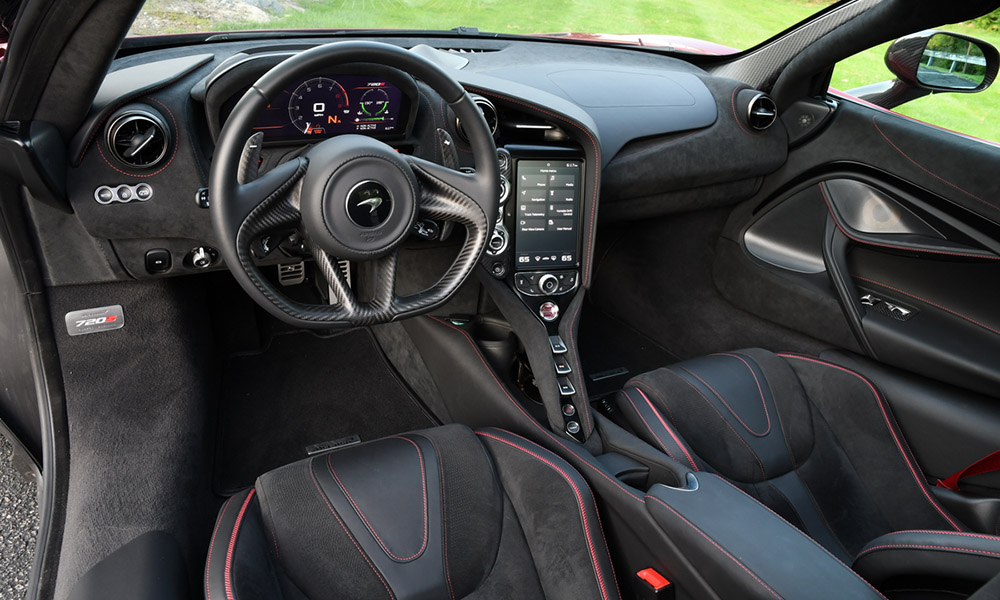
Photo: David Haueter
The only minor complaint is that there’s more turbo lag than you would expect when you first get on the throttle but once the turbos are spooled up the throttle response is sharp.
Drivers can tailor the settings for throttle response, gearshifts and the suspension, and there are Comfort, Sport and Track modes accessible via the control knobs on the center console.
The cockpit of the McLaren is focused on driving and is refreshing in its simplicity. Once you get used to using the center control screen and know where everything is, it’s easy to live with.
The only obvious ergonomic shortcoming is the controls for the supportive yet comfortable seats, which are hidden from view and a bit difficult to figure out. The center instrument panel that can drop down to nearly disappear from site is the only gimmicky thing on the car.
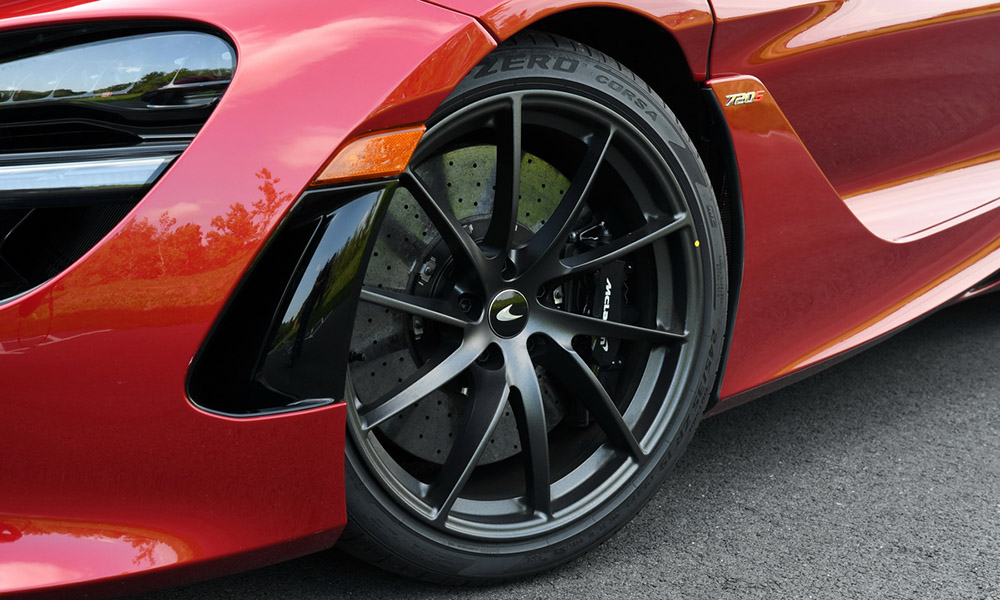
Photo: David Haueter
One of the things you’ll have to get used to if you own this car is getting in and out of it, which requires some dexterity to exit with its wide door sills and low seating position.
Even with its impressive performance numbers, the 720S is not intimidating to drive on a twisty road. In fact, it’s very confidence-inspiring and fun to drive fast, without the fear that you’re going to put it into the weeds.
With a low center of gravity and light weight (3,139 lbs.), handling is precise and predictable with loads of grip to manage the power, and the suspension tuning is spot on. Our test car was fitted with sticky Pirelli P Zero Corsa tires, which certainly contributed to the roadholding.
More importantly than raw numbers or performance figures, the 720S has loads of “feel” when its moving over the road, which is becoming a rare commodity these days. It communicates to you through the seat and the simple, button-free steering wheel to let you know exactly what it’s doing and how its interacting with the tarmac.
With its carbon ceramic brakes, the car may not impart as much feel when under braking as the rest of its driving experience, but the brakes do work very well to bring it down quicky from high speeds.
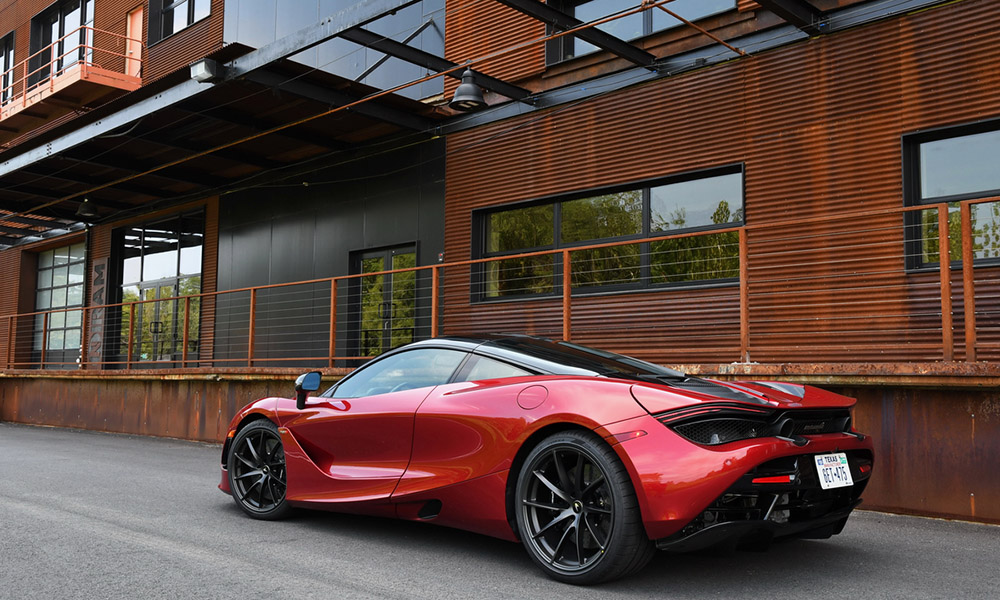
Photo: David Haueter
In the McLaren supercar hierarchy, the 720S sits between the new hybrid Artura and the 765LT, and it’s available in both coupe and spider form.
Our press car was a coupe and had a starting MSRP of $299,000 but was loaded with options that put the final price close to $348,000.
Some of the more expensive options included the Performance Plus Pack at $6,370 (that includes lightweight alloy wheels, a Sport exhaust, and McLaren Track Telemetry), the MSO Black Pack at $6,980 (that includes a gloss black finish on nearly all of the aerodynamic and intake components). The carbon fiber steering paddles will cost you $2,400, and you can even get a lightweight hood badge.
With its level of performance and price, the 720S’ primary competitors are cars like the Ferrari 296GTB and F8 Tributo, the Lamborghini Huracán and the Porsche 911 GT3 RS.
It may not have the brand cache of some of its competitors, but the McLaren 720S still ranks at the top of the supercar list and may provide a more soulful and thrilling driving experience than its rivals.
It also has the racing pedigree that’s an important part of a supercar’s aura, with GT3 race versions of the 720S competing around the world.
Even five years after its introduction, the 720S may also be the best all around car in the McLaren lineup.
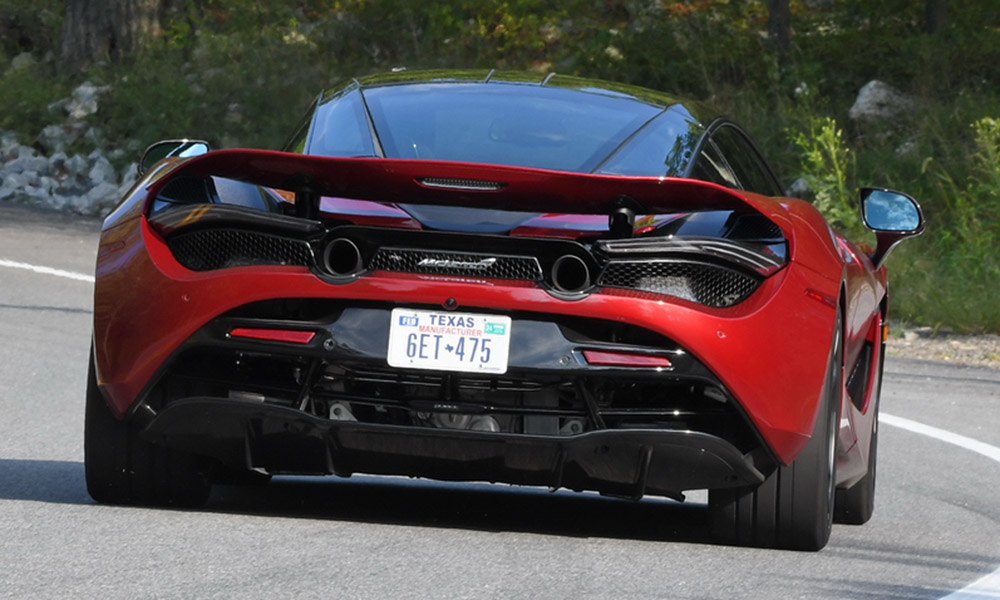
Photo: Bill Dermody



















